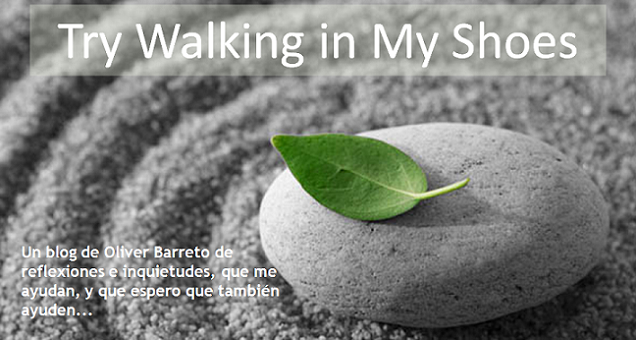Habrá que leer más y con más detalle algunas de sus cosas... ahí lo brindo para el resto...
Me parece interesante la forma en la que se encuentran coincidencias de cosas que parecen de sentido común entre los que más han aportado como líderes, genios, innovadores, personajes de renombre, etc... con lo que si tomamos la premisa de aprender de los mejores, creo que no viene mal leer las siguientes conclusiones.
Fuente: Blog de Jorge Juan Fernández
Thinking like a Genius
The following eight strategies encourage you to think productively, rather than reproductively, in order to arrive at solutions to problems. "These strategies are common to the thinking styles of creative geniuses in science, art, and industry throughout history".
1. Look at problems in many different ways, and find new perspectives that no one else has taken (or no one else has publicized!)Leonardo da Vinci believed that, to gain knowledge about the form of a problem, you begin by learning how to restructure it in many different ways. He felt that the first way he looked at a problem was too biased. Often, the problem itself is reconstructed and becomes a new one.
2. Visualize!
When Einstein thought through a problem, he always found it necessary to formulate his subject in as many different ways as possible, including using diagrams. He visualized solutions, and believed that words and numbers as such did not play a significant role in his thinking process.
3. Produce! A distinguishing characteristic of genius is productivity.
Thomas Edison held 1,093 patents. He guaranteed productivity by giving himself and his assistants idea quotas. In a study of 2,036 scientists throughout history, Dean Keith Simonton of the University of California at Davis found that the most respected scientists produced not only great works, but also many "bad" ones. They weren't afraid to fail, or to produce mediocre in order to arrive at excellence.
4. Make novel combinations. Combine, and recombine, ideas, images, and thoughts into different combinations no matter how incongruent or unusual.
The laws of heredity on which the modern science of genetics is based came from the Austrian monk Grego Mendel, who combined mathematics and biology to create a new science.
5. Form relationships; make connections between dissimilar subjects.
Da Vinci forced a relationship between the sound of a bell and a stone hitting water. This enabled him to make the connection that sound travels in waves. Samuel Morse invented relay stations for telegraphic signals when observing relay stations for horses.
6. Think in opposites.
Physicist Niels Bohr believed, that if you held opposites together, then you suspend your thought, and your mind moves to a new level. His ability to imagine light as both a particle and a wave led to his conception of the principle of complementarity. Suspending thought (logic) may allow your mind to create a new form.
7. Think metaphorically.
Aristotle considered metaphor a sign of genius, and believed that the individual who had the capacity to perceive resemblances between two separate areas of existence and link them together was a person of special gifts.
8. Prepare yourself for chance.
Whenever we attempt to do something and fail, we end up doing something else. That is the first principle of creative accident. Failure can be productive only if we do not focus on it as an unproductive result. Instead: analyze the process, its components, and how you can change them, to arrive at other results. Do not ask the question "Why have I failed?", but rather "What have I done?"
Michalko, Michael, Thinking Like a Genius: Eight strategies used by the super creative, from Aristotle and Leonardo to Einstein and Edison (New Horizons for Learning). This article first appeared in THE FUTURIST, Vol. 32, May 1998, pp-21-25.Michael Michalko is the author of Thinkertoys (A Handbook of Business Creativity), ThinkPak (A Brainstorming Card Set), and Cracking Creativity: The Secrets of Creative Geniuses.
Technorati tags: Michael Michalko, Thinking like a Genius, Thinkertoys, The Futurist


No hay comentarios:
Publicar un comentario